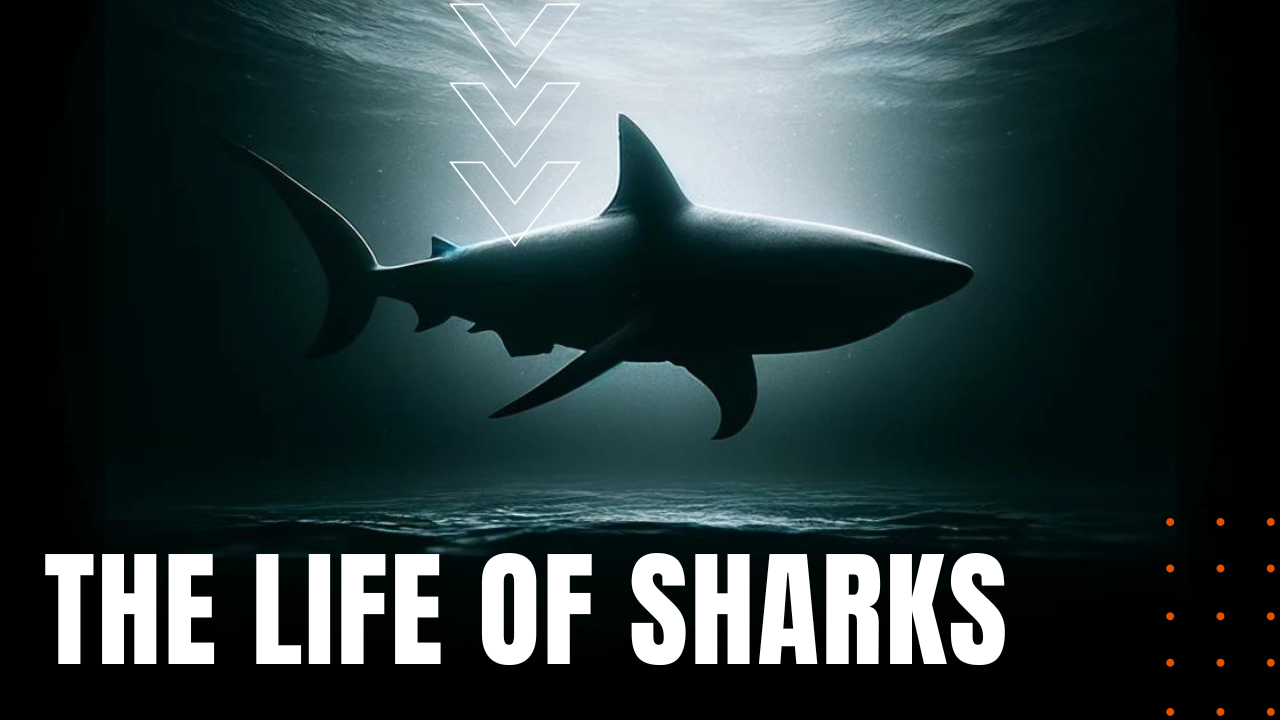The Life of Sharks

Of the more than 500 species of sharks belonging to the classification Chondrichthyes, identified by their flexible cartilaginous skeletons, sharks range in size from the tiny dwarf lantern shark that fits in the human hand to the massive 30 ton, 62-foot-long whale shark. While most sharks are cold blooded or ectothermic, where their body temperature match the temperature of the waters they swim in, five species of sharks possess some warm blooded or endothermic capabilities, including the white shark, the short and longfin mako, the porbeagle and salmon sharks.
An Apex Predator
Considered an apex predator, sharks are built for speed due to their sleek, torpedo-like bodies and five different types of fins, including pectoral, pelvic, dorsal, anal and caudal, which are each supported by rigid cartilaginous rods. Possessing bilateral lines of tubes beneath their skin’s surface, which is covered by sandpaper-like denticles, when water runs past the sensory cells in each lateral line, a shark is alerted to potential prey in nearby waters. They also possess highly refined senses for hunting and communication, including electro-receptors known as ampullae of Lorenzini, which are sensory cells that detect weak electrical fields produced by the muscular contractions of their prey, and while most humans are fearful of being attacked by a shark, the odds of being struck by lightning or attacked by a dog are substantially greater than shark attacks.
What’s a Clasper
While male sharks can be identified by a pair of intromittent organs called claspers, after fertilization, female sharks are divided into internally fertilized oviparous or egg-laying species and viviparous or live-bearing species. Most female sharks gestate their young for 11-12 months, while others, like the frilled shark, are pregnant for more than three years. Birthing an average 17 pups in a litter, baby sharks live in the relative safety of shallow waters called nurseries. Known for their slow sexual maturity, such as 26 years for male white sharks, sharks have been classified as critically endangered under the Endangered Species Act of 1973, due to their slow sexual and reproductive development and over fishing in certain Asian countries, where shark fin soup is considered a delicacy. Killed by humans at an annualized estimate of 100 million, dramatically declining shark populations have created a dire imbalance in oceans the world over, making the life of sharks, a mysterious yet threatened member of the animal kingdom.
